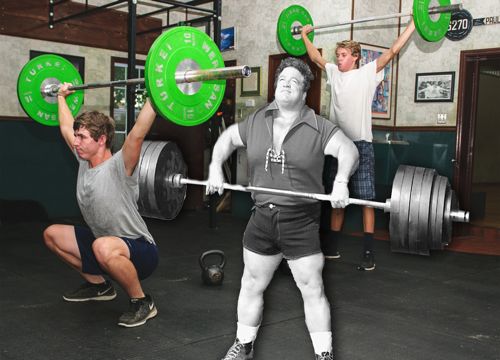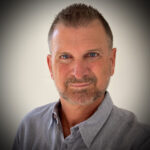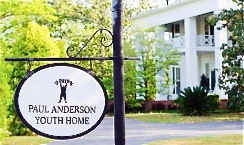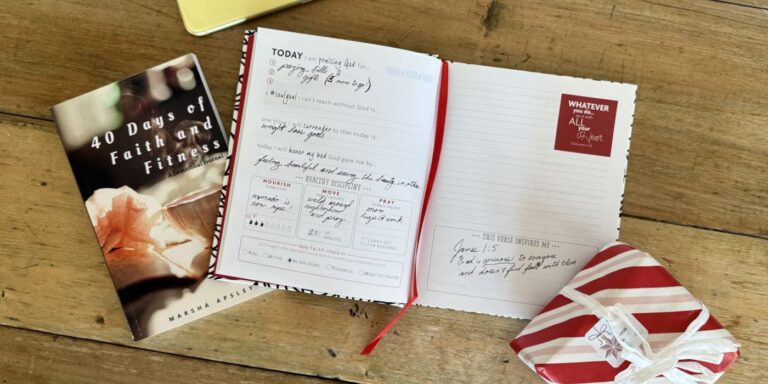An interview with with Paul Anderson Youth Home fitness director Bill Ingram.
PUBLISHER’S NOTE: I first learned of Paul Anderson while doing research on people that have a reputation for doing the dead lift. You’ll find it useful to first read the following excerpt from PaulAndersonPark.com and then my interview with Bill Ingram. it offers a good foundation of how God used Paul’s talents (his physical strength), and his commitment to serve God to make a difference for generations of hurting teenagers and their families. Now, young men grow physically and spiritually in the shadow of a man who discovered how humbling yourself and raising up God’s purpose is the greatest strength you can ever have.
In 1956, Paul weighed well over 350 pounds; his neck size was 24 inches; his biceps were over 24 inches, his chest 58 inches, and his thighs were 36 inches. In the best condition and form of his life, Paul was ready for the 1956 Olympic Games in Melbourne, Australia. All the experts of the day believed that Paul merely had to show up to win the Olympic gold medal.
Paul and his teammates arrived in Melbourne, Australia 18 days before the lifting competition. Shortly after his arrival, Paul began to feel feverish and unsteady but he could not pinpoint the reason. Less than two weeks before the competition, he awoke in the middle of the night burning with fever. He was treated by a doctor but for twelve days the fever raged as his body weight dropped by 30 pounds. He felt miserable and weak. There was constant talk of sending him back to the States since no one could determine what was wrong.
Three days before the competition, the doctors told Paul that he would not be able to lift and that they could not allow a man in his condition to compete. Paul asked the doctors to postpone their decision until the last possible moment and they agreed. Without the doctors’ consent, Paul put himself on four aspirins every three hours. The aspirins did bring the fever down and by the morning of the day he was scheduled to lift, November 25, 1956, his temperature was nearly normal. The concerned professionals said they would not forbid Paul’s competing if he would agree to take all responsibility.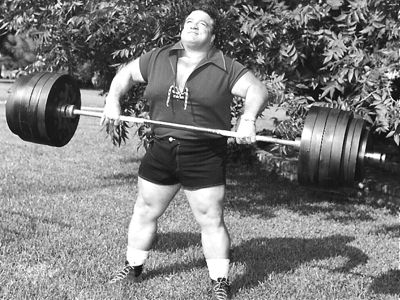
The super-heavyweights were scheduled to lift at 8 p.m. but the meet was far behind schedule. Paul’s first lift arrived around 1 a.m. The effects of the aspirins had worn off and his fever had returned. Feeling dizzy and cold, he perspired profusely. Paul held on with each lift but was trailing behind an Argentine lifter in the point count. At 3:30 a.m., he approached the platform for his final lift. He had three chances to successfully make this lift. He would have to break the existing Olympic record to win the Gold.
On his first attempt he tried to drive the bar overhead but never got it past his chin. The bar crashed to the floor and the arena was silent except for the echo.
For his second attempt, he rushed to the bar and pulled it to his chest. The weight felt heavier than before, the bar rumbled to the floor and he stomped away, bitterly disappointed. Paul waved his teammates away as they rushed to encourage him.
As he contemplated the possibilities of losing, his mind raced. He used his officially allotted rest period of three minutes to walk up a long, dark corridor. Paul felt as if God was reminding him of everything He had ever done for him. God had made him what he was. Everything Paul had accomplished had been because God had let him survive Bright’s disease as a child. God had given him loving Christian parents. In spite of these countless blessings, Paul had ignored God.
He found it impossible to pray. He tried twice but his heart was hardened by ignoring God for so long. At this lowest point in his life, a point to which many people must come before they realize a need for God; Paul recognized how unworthy he was of Christ’s love. He then returned for his third attempt at the lift.
The arena was silent. When Paul pulled the weight to his chest, he knew immediately that it was futile. He couldn’t put it overhead. Now he was desperate. In a split second, he found that he could be sincere with God. As quickly as the words raced through his heart and mind, he told the Lord he was aware of all that had been given him and he had returned nothing. Paul continued by pledging to God that he wanted to be part of His kingdom and from here on out; he was making a real commitment. Then Paul realized his immediate need and said, “I’m not trying to make a deal, Lord, no deals, but I must have Your help to get this weight overhead.” Paul made a true commitment to serve God for the rest of his life. He gave the final push and drove the bar overhead, and it stayed. The crowd went wild as Paul returned the bar to the floor. He suddenly was the Olympic Gold Medalist.
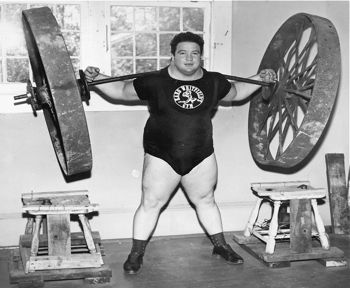 If I, Paul Anderson, the World’s Strongest Man, can not make it through one day without Jesus Christ, how can you?
If I, Paul Anderson, the World’s Strongest Man, can not make it through one day without Jesus Christ, how can you?
In his autobiography, A Greater Strength, Paul remembered the smile on his face that early morning was not as much for the joy of victory or the relief the ordeal was over but for his new relationship with Christ. “What he had really won was not an Olympic Championship measured by the poundages of man but the strength of God’s Holy Spirit”.
Throughout the remainder of Paul’s life, he would share his faith by saying that it was a tremendous thrill to win the Olympic Gold Medal for his country and to stand on the winner’s platform as the national anthem was played and the American flag was raised. He would continue on by sharing that the greatest thrill in his life was knowing Jesus Christ as his personal Savior; and “If I, Paul Anderson, the World’s Strongest Man, can not make it through one day without Jesus Christ, how can you?”
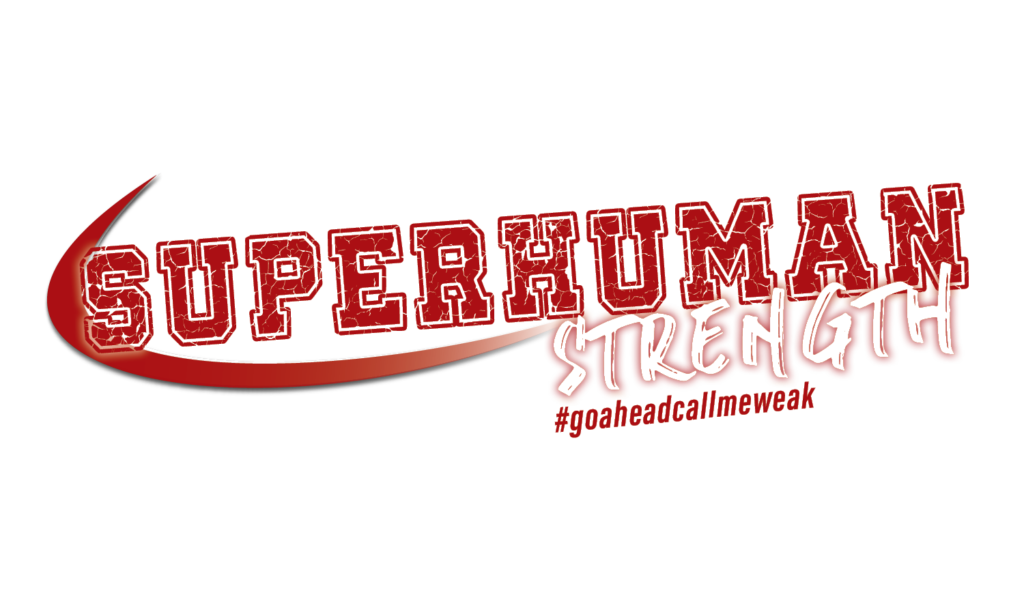
Bill Ingram is the Fitness Director at the Paul Anderson Youth Home.
In this interview he shares how he got involved in this ministry, the role fitness plays at the home, the transformations youth experience there and how he feels you too can Be Life to others through fitness.
Faith & Fitness Magazine: What kind of an impression has Paul made in your life? What do you feel are his biggest enduring life messages?
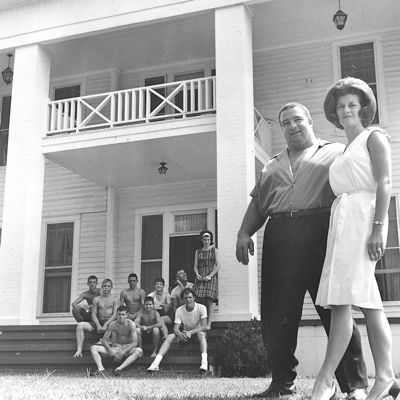 Bill Ingram: The biggest impression on my life is Paul Anderson’s testimony, his wife Glenda’s love of Jesus, their selflessness in starting the Paul Anderson Youth Home (PAYH) in 1961 and faithfully continuing until Paul’s home going in August 1994. Glenda continues to actively serve as president of the PAYH.
Bill Ingram: The biggest impression on my life is Paul Anderson’s testimony, his wife Glenda’s love of Jesus, their selflessness in starting the Paul Anderson Youth Home (PAYH) in 1961 and faithfully continuing until Paul’s home going in August 1994. Glenda continues to actively serve as president of the PAYH.
God used a PAYH alumni’s testimony to impact my life. In 1993, I was a freshman in college searching for truth and trying to determine if God could help me with the chaos in my life. I decided to attend a Christian retreat weekend for college students.
At the last minute, an upperclassman joined us on the three-hour car ride to the retreat. As I sat there listening to his enthusiasm about his relationship with Jesus Christ and what God was doing in his life, my first impression was that he must have led the perfect life. There was no way he could understand the despair and agony I felt in my heart.
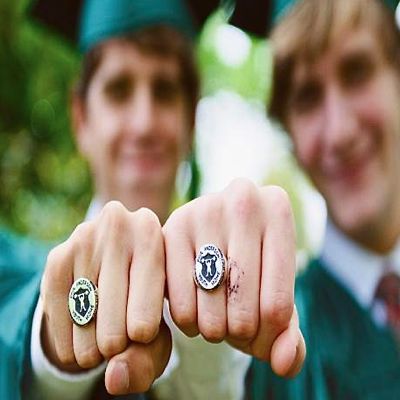 As I quietly listened to him go on and on about what God was teaching and doing in his life, I noticed a distinctive ring on his finger. It was a silver ring, flat on top, with a man lifting a barbell over his head. I asked him about it, and he replied, ”Oh man, this is from the Paul Anderson Youth Home. Let me tell you what God did in my life there.”
As I quietly listened to him go on and on about what God was teaching and doing in his life, I noticed a distinctive ring on his finger. It was a silver ring, flat on top, with a man lifting a barbell over his head. I asked him about it, and he replied, ”Oh man, this is from the Paul Anderson Youth Home. Let me tell you what God did in my life there.”
He went on to tell me about being a troubled adolescent who was nothing like the choirboy/youth group leader that I had pictured in my mind. He was given the opportunity by a judge to attend PAYH rather than serve time in jail on drug and burglary charges. All of a sudden, the difficulties of my life seemed to pale in comparison to his. If God could change him, He could change and help me. I went into the retreat with a changed perspective.
That weekend, I committed my life to Christ. This PAYH alum had no idea that God had used his experiences at the Youth Home to give me the exact message that I needed to hear at the exact moment that I needed to hear it.
“Grab it and growl.” This was Paul’s mentality when lifting. It was also his analogy to dealing with obstacles in life. When there is a task to be accomplished, get to it.
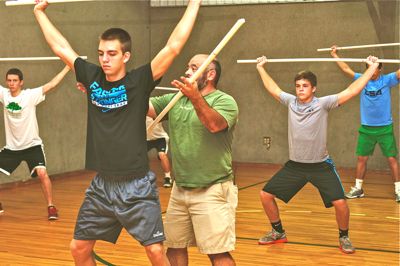 Faith & Fitness Magazine: Describe the physical fitness activities at the Paul Anderson Youth Home. What makes it such an important part of the over all ministry?
Faith & Fitness Magazine: Describe the physical fitness activities at the Paul Anderson Youth Home. What makes it such an important part of the over all ministry?
Bill Ingram: For over 50 years, the boys have started each day with a one-mile run. For a new boy who has just arrived at the home, has not been very active or has damaged his health due to drugs or alcohol, this activity can be very difficult. As his body adapts to the new routine, it simply becomes something he does everyday.
Physical Education classes are held year round. In P.E. they learn how to develop well-rounded fitness. Increases are quickly made in cardio-respiratory endurance, stamina, strength, speed, power, flexibility, coordination, accuracy and agility. They do high intensity workouts combining gymnastics, weightlifting and traditional cardio exercises.
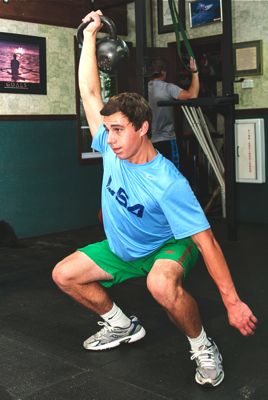 From the early days of the home, there has been a model of growth based on the Bible passage, “Jesus grew in wisdom, stature, and in favor with God and men.” This emphasizes mental, physical, spiritual and social development. The physical fitness activities help in all four areas.
From the early days of the home, there has been a model of growth based on the Bible passage, “Jesus grew in wisdom, stature, and in favor with God and men.” This emphasizes mental, physical, spiritual and social development. The physical fitness activities help in all four areas.
Anatomy and Physiology classes teach the underlying structure and function of the human body and how it relates to their performance in the gym. They learn the importance of goal-setting, perseverance and overcoming obstacles. The increased self-confidence makes them more comfortable in social settings. Another big component in the fitness program is encouraging one another to push harder and finish the workout.
Paul Anderson’s physical feats and tremendous faith in God have inspired me to mold myself into a man who can support a family, take care of his brothers, and live a life after Christ. For me it motivates me towards a life of ministry, of helping others and spreading the gospel. Physical attentiveness, laid out by Paul, is huge here. I spend most nights in the weight room and three mornings a week in a physical education class. Running in the morning has multiple purposes. As do devotionals at the breakfast table and Bible studies in the classroom. The Youth Home has made me feel like I can go down any path I want to for my future. It gives me the confidence to set my sights on anything, physically and spiritually and provide help to others.
– Chase, PAYH resident
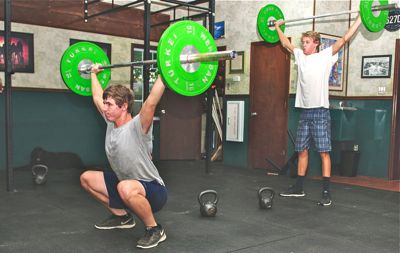 Faith & Fitness Magazine: What kinds of physical development have some of these boys achieved while being at the home? Have any of your alumni gone on to have careers in fitness, wellness or other related fields?
Faith & Fitness Magazine: What kinds of physical development have some of these boys achieved while being at the home? Have any of your alumni gone on to have careers in fitness, wellness or other related fields?
Bill Ingram: A common example is a boy comes to the Home as a sickly 125 pound young man and will leave the program as a lean and muscular 175 pound young man. The overweight couch potato sheds body fat and gains stamina and endurance . The average graduate can do over 20 pullups, run a 6 minute mile, and squat over 300 pounds.
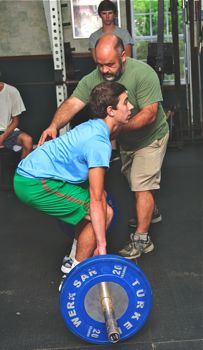
Each year the Youth Home does a bike ride fundraiser where several of the boys will ride a bicycle over 500 miles in a week. Their level of fitness makes training for such an event quicker and easier.
[Look for more about the 2015 Cycling Challenge in the Pedal, Race & Run department of Shout! Outdoor Lifestyle Magazine.]
The Youth Home boys participate in several 10k and 5k road races each year, consistently taking top spots in the overall and age group placings. The Youth Home sent four boys to participate in a Spartan Race (a 5 mile course with numerous obstacles to overcome) and as a team, they took 1st place out of 250 teams with very little specialized training. The well-rounded inclusive fitness the boys develop gives them the fitness foundation to pursue whatever sports they are interested in.
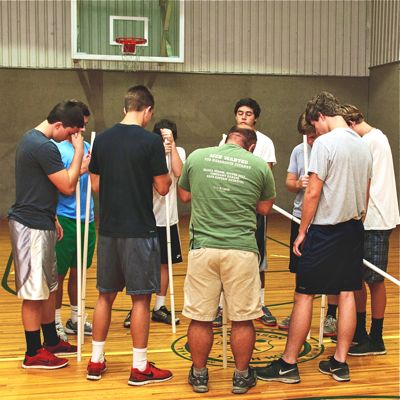 Faith & Fitness Magazine: What is the most significant spiritual transformations you see in these young men?
Faith & Fitness Magazine: What is the most significant spiritual transformations you see in these young men?
Bill Ingram: The most significant spiritual transformation in any young man is when he comes to faith in Jesus Christ. In the history of the PAYH, thousands of young men have come to know Jesus as their Lord and Savior. These young men have been used by God to touch countless number of people around the world. [See below for The Ripple Effect Of Change, the story and video of Billy.]
What really sets Paul Anderson apart from most is that a man who could have potentially had untold fame and fortune, laid it all aside to follow Christ and start a Youth Home which has impacted thousands of families.
– Jesse, PAYH resident
Faith & Fitness Magazine: How is working at the Paul Anderson Youth Home different from doing your Cross Fit business? In what ways have you learned to minister to people at your gym as a result of doing ministry with these boys?
 Bill Ingram: As a coach and personal trainer, you have to care about the whole person. You can’t just be concerned with their squat technique; you have to deal with their emotional stresses, nutrition, relational issues–you have to be prepared to be a trainer, counselor, and cheerleader.
Bill Ingram: As a coach and personal trainer, you have to care about the whole person. You can’t just be concerned with their squat technique; you have to deal with their emotional stresses, nutrition, relational issues–you have to be prepared to be a trainer, counselor, and cheerleader.
Many times I would have high level athletes come in and just be “off”. Their energy levels would be low, their countenance would be different and their performance was not up to their normal output. I would just stop them in mid workout, ask questions, and then listen. Coaches who can teach squats are everywhere. Coaches that demonstrate a deep concern for the whole person are harder to find.
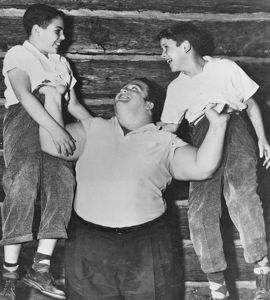 Faith & Fitness Magazine: What opportunities do you think there are for other power lifters, bodybuilders, personal trainers or other fitness professionals and enthusiast to follow the example of Paul Anderson and his wife and establish a ministry?
Faith & Fitness Magazine: What opportunities do you think there are for other power lifters, bodybuilders, personal trainers or other fitness professionals and enthusiast to follow the example of Paul Anderson and his wife and establish a ministry?
Bill Ingram: I think that Paul’s greatest example is not the physical gifts and talents that he possessed, but how he used those talents to serve others.
If God has given you a passion for movement, lifting, or fitness; I believe that there are unlimited opportunities to use those gifts to serve him in unique ways by helping others. Your “ministry “may be to help others become physically well, learn to set and accomplish goals, or just to have more energy to play with the kids. This happens by building relationships and genuinely caring for those you train. These relationships provide the context for sharing spiritual truths with others.
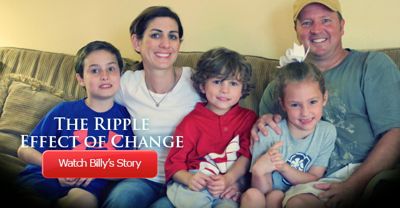
[POST YOUR COMMENTS BELOW AND SHARE WITH OTHERS HOW THIS STORY INSPIRES YOU.]

